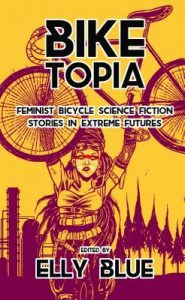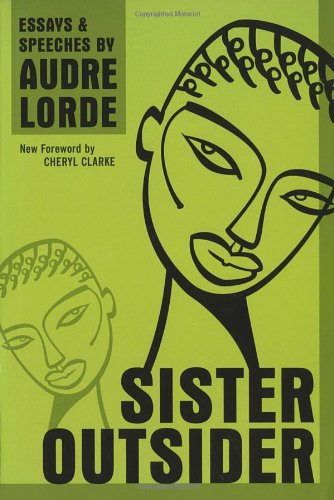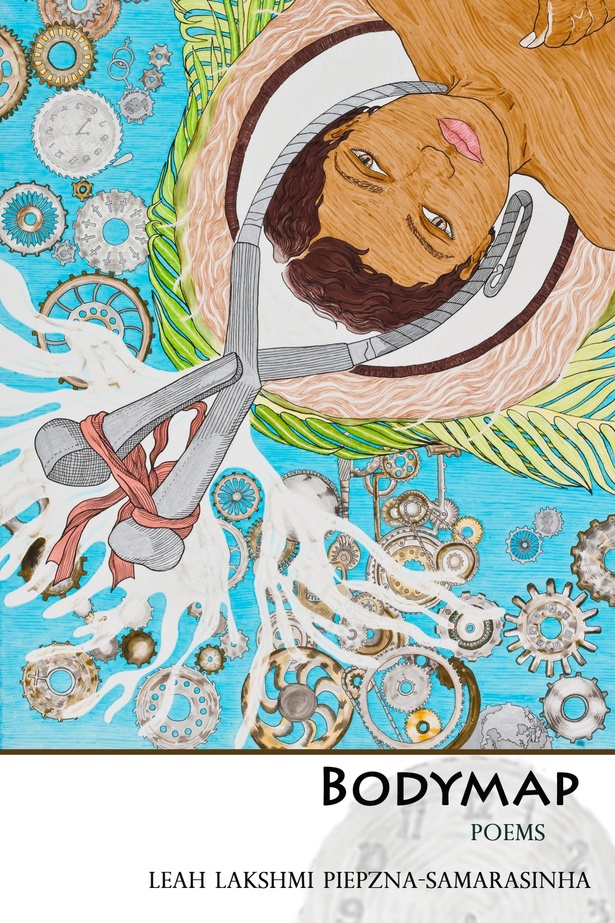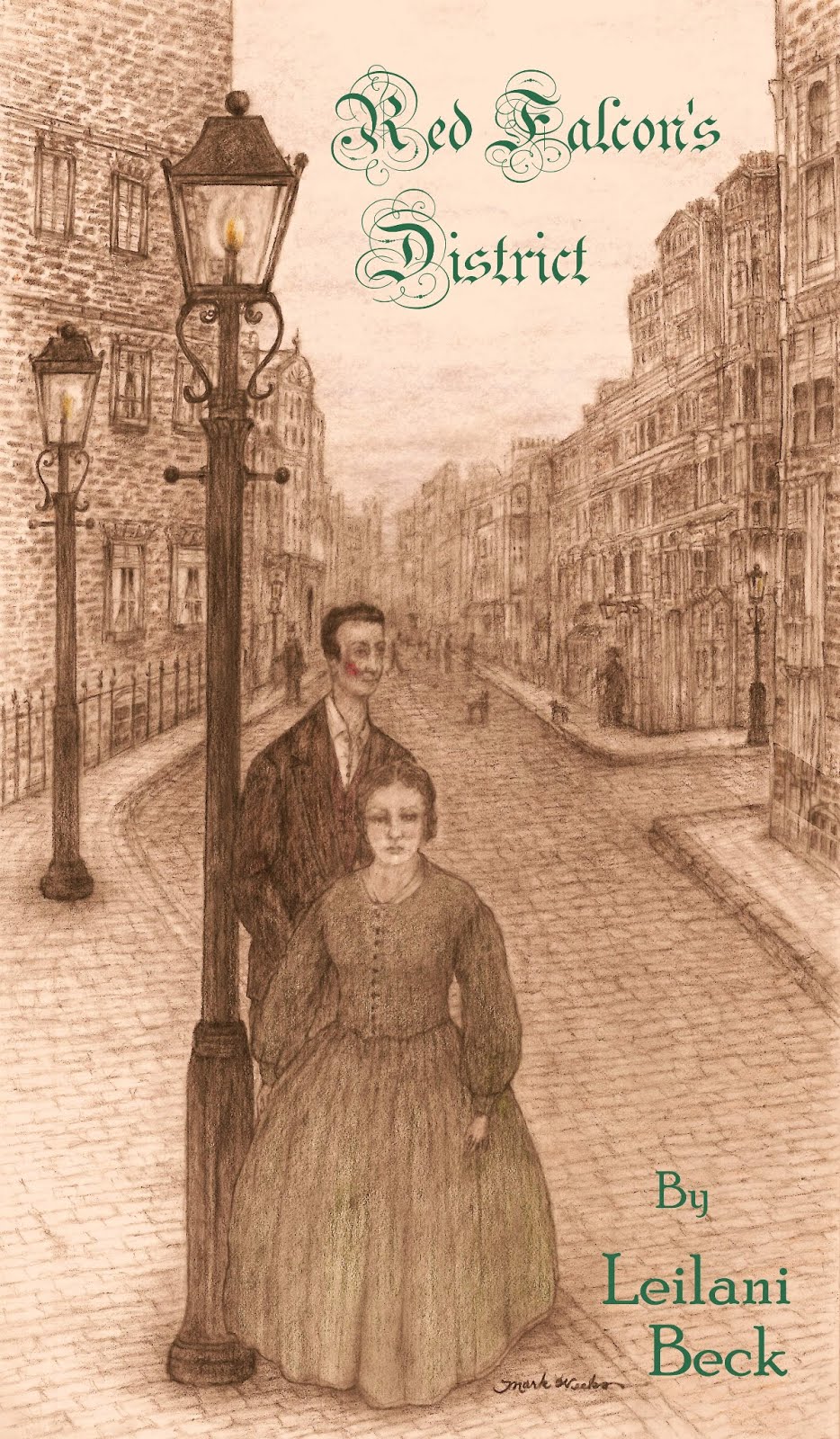A smart person once told me that the key to having a good life in the face of world’s uncertainty is to find something that is meaningful for you and go all-in for it. For me, that’s the real appeal of both bicycles and science fiction–no matter how grim the world looks, each other can take you to a place where you can see another perspective, explore your options, and even if they each have the potential to create as many problems they solve, at least you’ve gone somewhere in a way that feels good.
– The introduction to Biketopia
If I’m being entirely honest, I’d have to admit that my favourite part of Biketopia is the cover. That’s not a slight on the stories! It’s just that the sight of this beautiful illustration of a badass woman raising a bike above her head is arresting. Add on to that these are speculative fiction, feminist, bike-centered stories? I’m sold several times over!
There are only two blatantly queer stories in this collection, but all the stories do focus on women and their relationships with each other. The premises range, including semi-utopias, horrific dystopias, classic sci fi, as well as settings that seem all-too-possible.
The first sapphic story is “Meet Cute” by Maddy Spencer, the only comic of the collection. It is wordless, and shows our main character bringing her bike-powered bookmobile through a town. Although we obviously don’t get a big backstory, this seems like a peaceful, cooperative place, and bikes look to be the only means of transportation (other than by foot or wheelchair). When her bikemobile tips over, an adorable mechanic with an artificial (robot? magic??) arm repairs it for her, and hands her a phone number while they both blush furiously. It’s very short, but super cute.
The other queer story is “The Future of Flirtation” by Leigh Ward-Smith. Mika runs a mobile shop in a post-climate-change, water-starved world. When a 6-foot-something muscled figure strides up to her stand, she is immediately smitten, even though she has no idea the gender or even species of the person behind the mirrored helmet. She spends the story attempted to flirt with them, while bartering over a cold can of Coke.
This was a fun read, and although there weren’t many stories that were incredibly memorable, I did find the variations on “feminist bicycle science fiction” stories interesting. They definitely went in different directions. This is actually the fourth volume of the Bikes In Space series, each of which explore feminist sci fi stories about bicycling, so that sounds like your style, you should pick one up! (Probably this one. It has queer stories and a sweet cover.)








